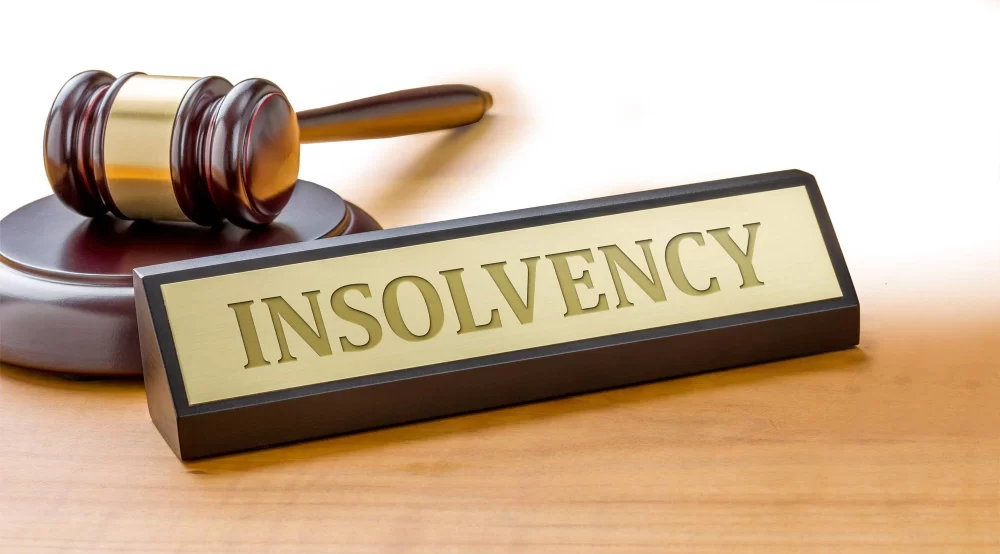
- 1-Understanding-Debtor-Insolvency-Cases
- 2-Key-Steps-In-Handling-Debtor-Insolvency
- 3-Common-Challenges-And-Strategies-In-Insolvency-Cases
- 4-Real-Life-Examples-Of-Successful-Insolvency-Management
- 5-How-ESPLawyers-Can-Help-You-Navigate-Insolvency
1. Understanding Debtor Insolvency Cases
Handling debtor insolvency cases requires a clear understanding of what insolvency entails and the legal framework surrounding it. Insolvency occurs when a debtor is unable to meet their financial obligations as they become due, often leading to complex negotiations, legal filings, or restructuring.
Recognizing the signs of insolvency early and understanding creditor and debtor rights are critical for effective case management. The goal is often to maximize recovery for creditors while exploring viable solutions for the debtor’s financial distress.
1.1 Legal Definitions and Implications
Insolvency is typically defined by the inability to pay debts or when liabilities exceed assets. Legal consequences include potential bankruptcy filings, creditor claims, or debt restructuring plans under insolvency law.
1.2 Roles of Stakeholders
Debtors, creditors, insolvency practitioners, and legal advisors each play distinct roles. Effective coordination among these parties is essential to navigate insolvency cases successfully.
2. Key Steps in Handling Debtor Insolvency
To effectively handle debtor insolvency cases, professionals follow a structured approach involving assessment, negotiation, and legal action.
2.1 Conducting Financial Assessment
Review the debtor’s financial status in detail, including assets, liabilities, cash flow, and outstanding obligations to understand the extent of insolvency.
2.2 Engaging in Negotiations
Negotiating with creditors for debt restructuring, payment plans, or settlements can provide alternatives to bankruptcy and preserve business continuity.
2.3 Initiating Legal Procedures
If negotiations fail, filing for bankruptcy or formal insolvency proceedings may be necessary. This step involves court supervision and legal oversight to ensure equitable treatment of creditors.
3. Common Challenges and Strategies in Insolvency Cases
Handling debtor insolvency cases is often complicated by factors such as disputed debts, hidden assets, or creditor disagreements.
3.1 Addressing Disputed Claims
Careful examination of creditor claims helps prevent fraudulent or inflated debts from affecting the insolvency outcome.
3.2 Managing Asset Recovery
Locating and securing assets before liquidation or restructuring maximizes returns for creditors.
3.3 Navigating Legal Complexities
Expert legal guidance is crucial in interpreting insolvency laws and ensuring compliance throughout the process.
4. Real-Life Examples of Successful Insolvency Management
Consider a mid-sized company facing insolvency that, through strategic negotiations and legal advice, reached a debt restructuring agreement with creditors, avoiding liquidation and preserving jobs. This case underscores the value of proactive insolvency management.
Another example is an individual debtor whose assets were efficiently managed and claims verified, resulting in a fair settlement that balanced creditor recovery with debtor relief.
5. How ESPLawyers Can Help You Navigate Insolvency
ESPLawyers offers specialized expertise in handling debtor insolvency cases, guiding clients through assessment, negotiation, and legal procedures. Our team provides tailored solutions that protect your interests and facilitate effective outcomes.
Whether you are a creditor seeking recovery or a debtor exploring options, ESPLawyers is committed to delivering clear, actionable advice and professional representation throughout the insolvency process.








